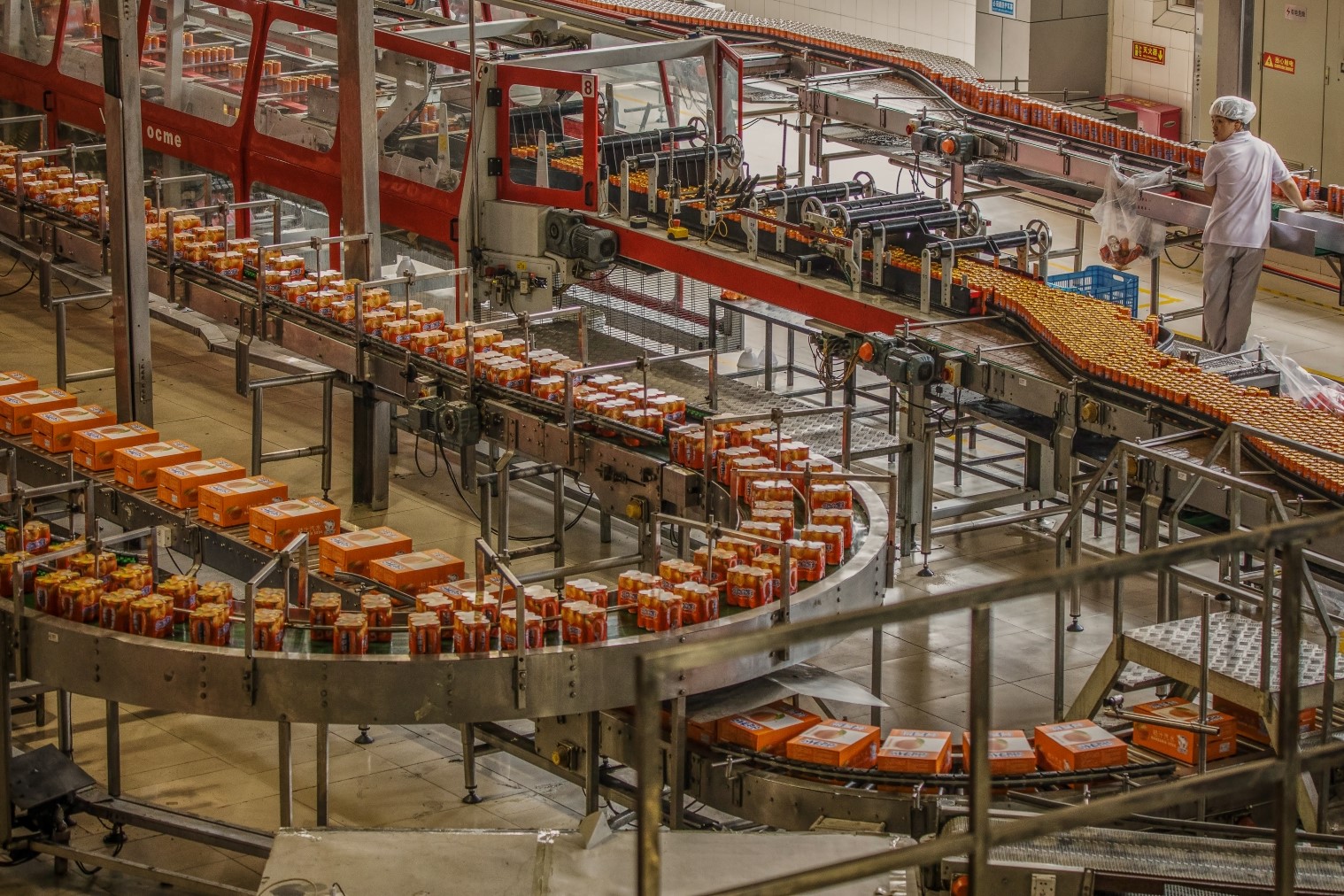Global Supply Chain News: Move Away from China Sourcing not So Easy

A recent report shows that US companies are reducing their reliance on Chinese manufacturing, with Walmart's imports from China dropping to 60%. However, this data is complicated by the fact that many products made in other countries are produced using components from Chinese suppliers. Chinese firms are also investing heavily in factories outside of China, allowing them to bypass US tariffs. This shows that truly decoupling from China is more difficult than anticipated and may actually increase reliance on Chinese suppliers.
Source: Link
FAQ: Global Supply Chain News - Challenges of Moving Away from China Sourcing
1. Why are global supply chains shifting away from China?
Global supply chains are shifting away from China due to rising costs, changes in production dynamics, regulatory challenges, geopolitical tensions, and the imposition of tariffs. Companies are reassessing their dependence on China and are looking to diversify their supply chains to mitigate risks and adapt to the evolving global trade landscape.
2. What are the main challenges of diversifying supply chains away from China?
Key challenges include establishing new partnerships and agreements, satisfying ownership requirements, navigating different regulatory frameworks, and restructuring logistics strategies. Southeast Asian countries, which are potential alternatives, often lack the vast manufacturing infrastructure China provides. The complexity of reshoring also involves doing the math to understand the pros and cons financially.
3. Has the pandemic affected the decision to move sourcing out of China?
Yes, the COVID-19 pandemic has highlighted vulnerabilities in global supply chains and prompted a reevaluation of the risks associated with heavy reliance on China. The supply chain disruptions caused by the pandemic have accelerated the trend towards diversifying sourcing and moving towards regional networks.
4. What are the advantages and disadvantages of reshoring operations?
Advantages of reshoring include reduced dependency on a single market, potentially lower geopolitical risks, and improved agility. Disadvantages can include higher costs due to local labor and production expenses, potential loss of scale benefits from established Chinese manufacturing, and the significant financial and logistical challenges involved in setting up new operations.
5. Are companies actively leaving China for other markets?
Some companies are indeed cutting ties with China and sourcing parts from other markets. International groups, including carmakers, have been quietly shifting their supply chain operations to mitigate the risks of deteriorating relations with Beijing. However, the process is complex and not all companies find it easy to leave due to the entrenched nature of their Chinese operations.
6. How have tariffs affected the decision to move supply chains?
Tariffs have significantly affected the cost-benefit analysis of sourcing from China. The trade war has made it pricier for companies to import from China, leading them to consider other markets for sourcing and manufacturing. However, despite these pressures, China's central role in global manufacturing supply chains makes the shift challenging.
Source: Supply Chain Digest

